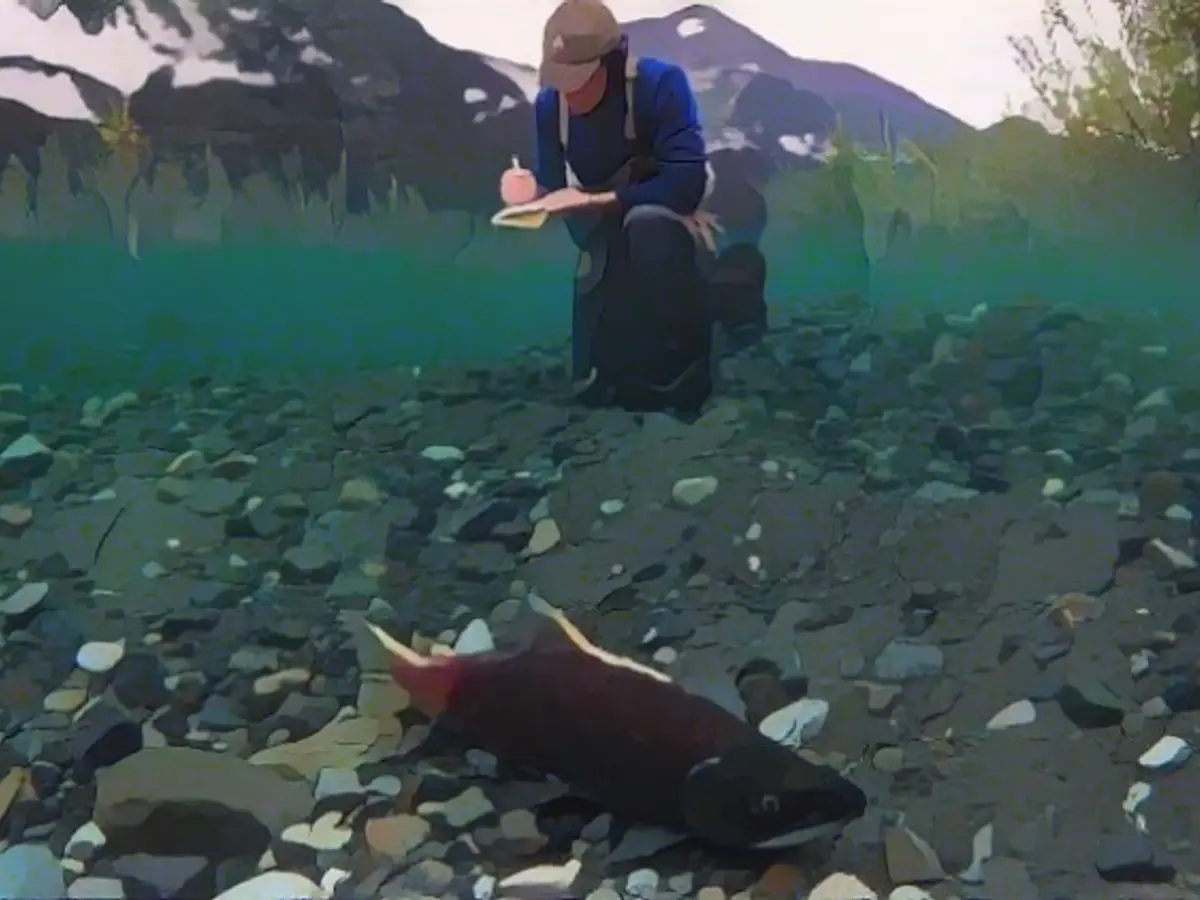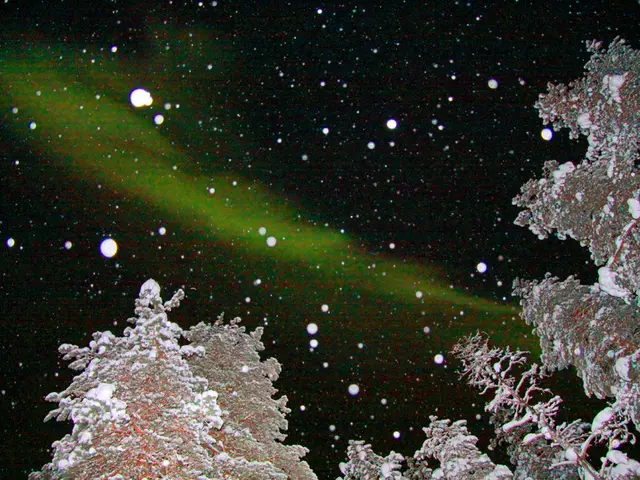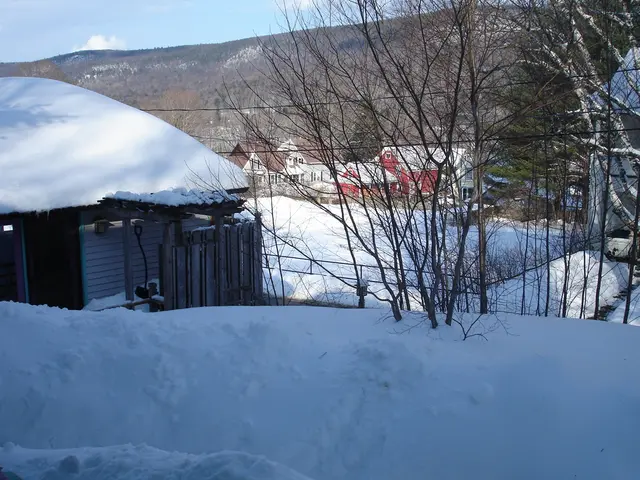Glacial Departure: A Gold Rush for Salmon or Miners?
As glaciers vanish from various parts of the world, rivers and streams emerge as potential new breeding grounds for salmon. However, the mining industry is also taking advantage of this newly accessible land, keen to drill for precious natural resources. This conflict between nature and industry is particularly apparent in Canada and Alaska, where researchers are now mapping out potential salmon territories and identifying areas for environmental protection against the encroaching mining industry.
In Canada and Alaska, the retreat of glaciers due to climate change is opening up vast tracts of land. A troupe led by Jonathan Moore of Simon Fraser University in Burnaby, British Columbia, is investigating this boundary area between the two countries to locate potential new spawning grounds for salmon. As mining often coincides with environmental damage, the researchers have identified zones worth safeguarding in the still-glaciated landscape. Their findings were published in the esteemed journal "Science."
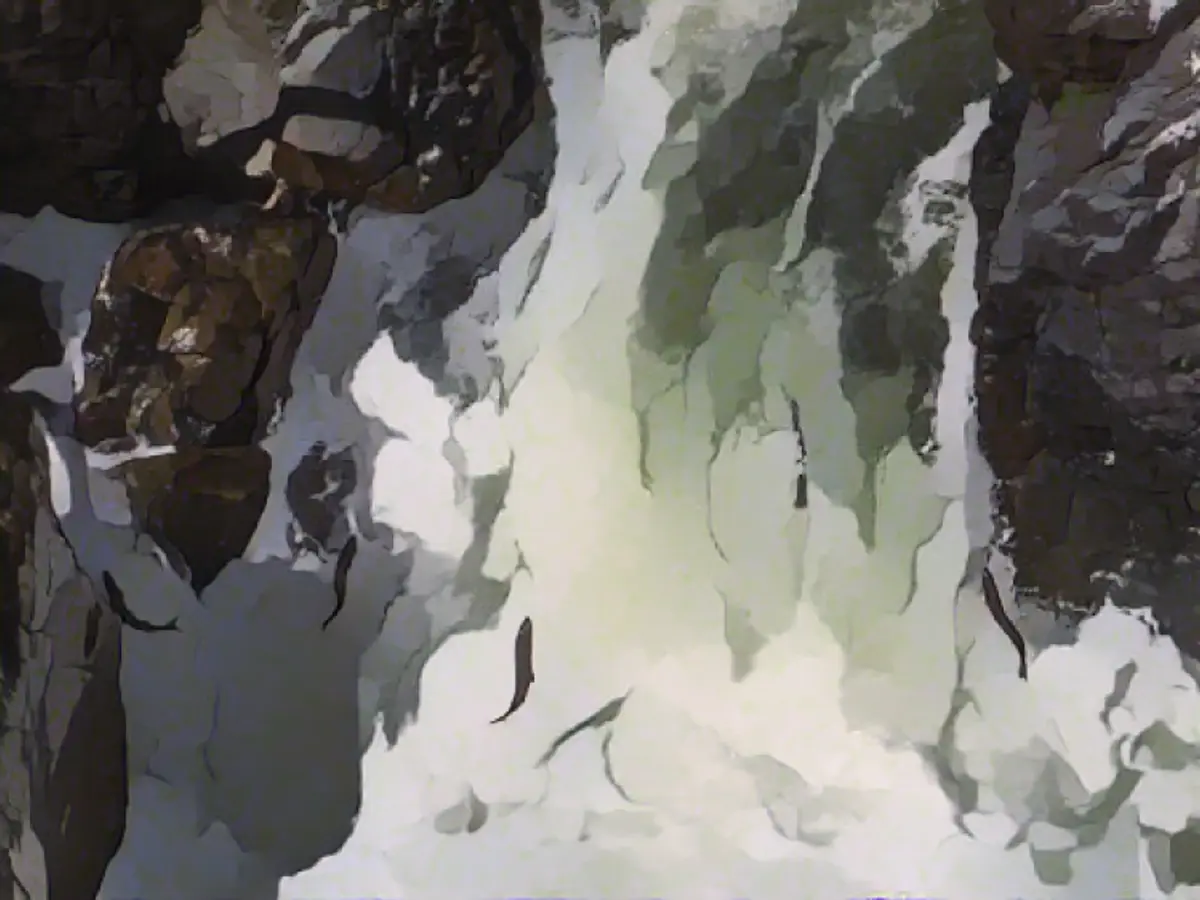
By 2100, scientists project that 60 to 100 percent of the glaciers in western Canada will have melted, according to another study. Two years ago, Moore's team published a study showing that Pacific salmon, including the sockeye, can spawn further and further up the river as glaciers recede, opening up new valleys, rivers, and streams to colonize.
Mineral Rights and Salmon Territories
In the research article, Moore and his colleagues compare the potential salmon territories in northwest British Columbia and southeast Alaska with mining company claims. In the largely glaciated regions, salmon could inhabit rivers and streams spanning a total length of 4,973 kilometers. Eleven percent or 564 kilometers of these territories are located within five kilometers of an active mining claim, making them vulnerable to environmental damage if mining is carried out.
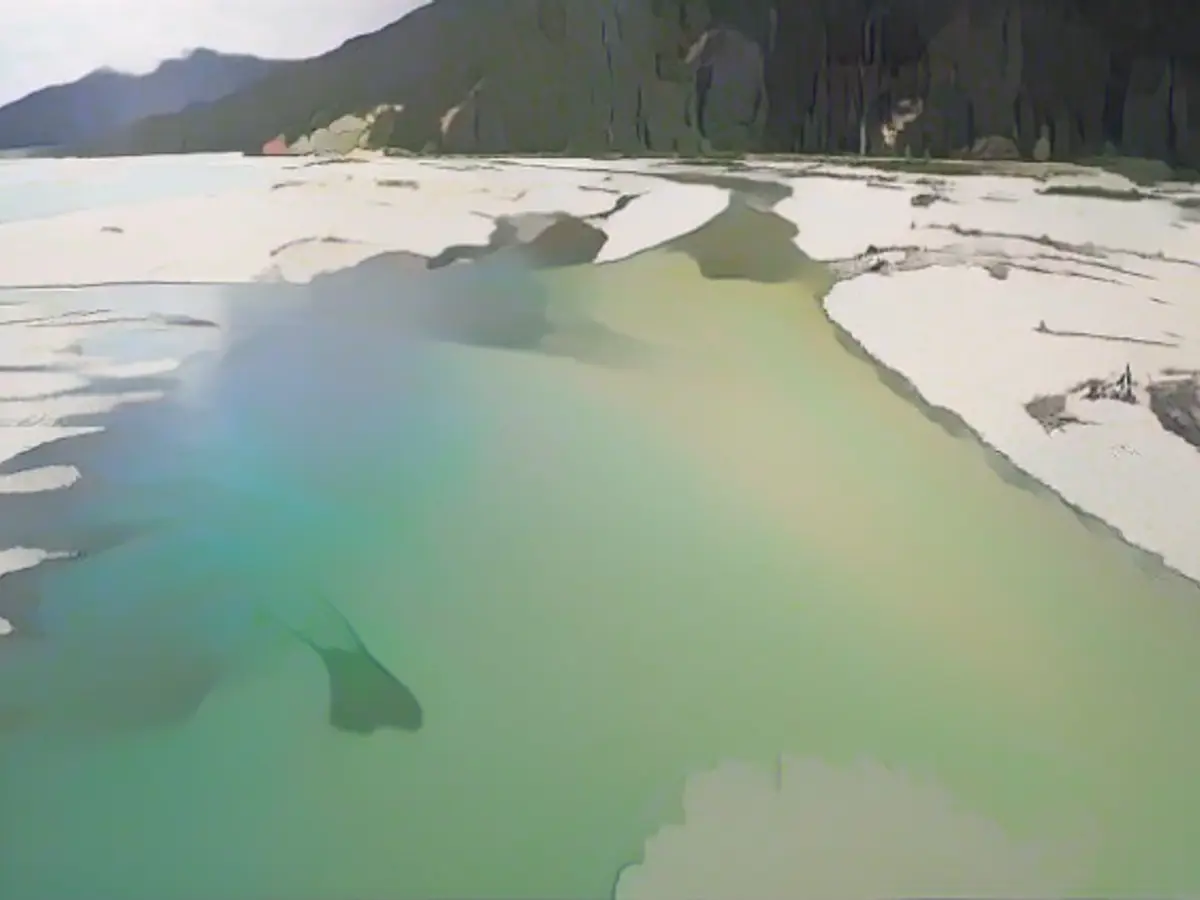
In British Columbia, individuals and companies can stake claims for potential mining projects through an online portal for a small fee. However, the lack of protections for nature reserves and some other areas makes many of these regions fair game for mining exploitation. "Mining claims grant the right to explore, which can have its own impact on the environment," note the researchers. Even speculative claims can preempt sustainable planning and environmental conservation.
Indigenous Land Rights and Climate Change
The land under consideration was never fully ceded to the Canadian government by Indigenous peoples. In response, a British Columbia law grants descendants of Indigenous communities extensive co-determination rights. While this law has yet to be incorporated into key provisions, such as the Mineral Tenure Act, it still represents an important step towards Indigenous representation in land use.
"The glacier-salmon-indigenous rights-mining nexus calls for forward-thinking science and policy in the face of climate resilience and environmental justice," write the study's authors. The researchers emphasize the urgency of safeguarding areas not yet staked with claims and advancing land-use policies that incorporate the perspectives of Indigenous communities.
"We're not saying no to industry everywhere," Tara Marsden, co-author and an Indigenous woman from Simon Fraser University, states. Instead, the researchers and Indigenous representatives aim to propose a more equitable approach to managing land that has been newly exposed by melting glaciers. "This paper underscores the need to scrutinize environmental laws, ensuring they safeguard not only today's but also tomorrow's habitats," Moore concludes.
Additional Insights:
- The potential merger of salmon territories and mining claims raises questions about sustainable land use and environmental conservation.
- Climate change is driving the migration of salmon upstream, creating new conservation challenges.
- Mining activities pose environmental risks, such as pollution and habitat disruption, that can harm salmon populations.
- Indigenous perspectives must be incorporated into land use policies to maintain a balance between development and environmental protection.
- By focusing on forward-thinking science and policy, individuals can work towards climate resilience and environmental justice.
References:
